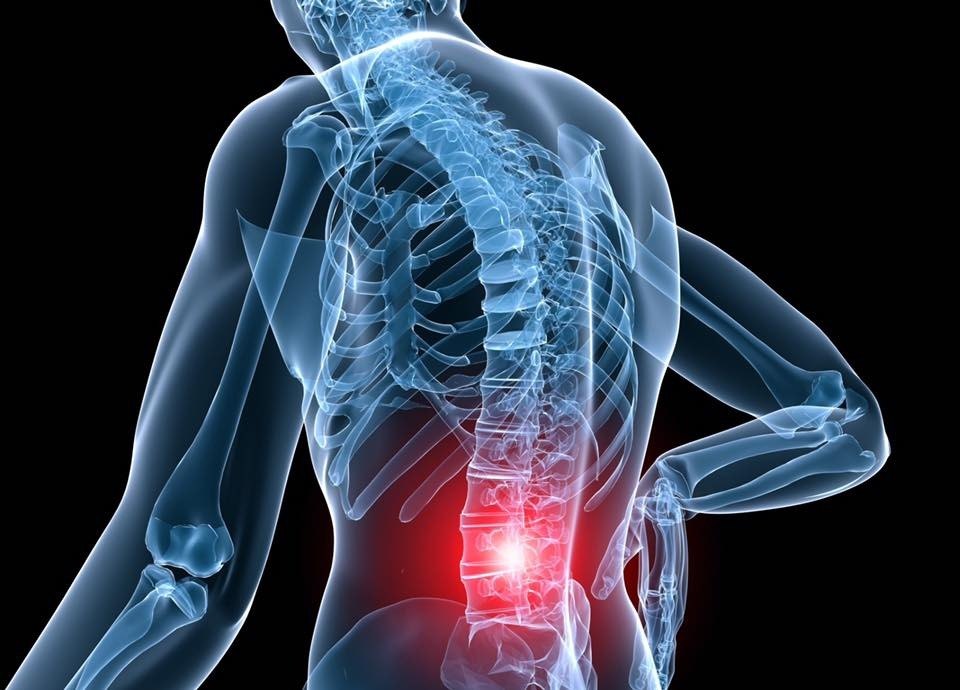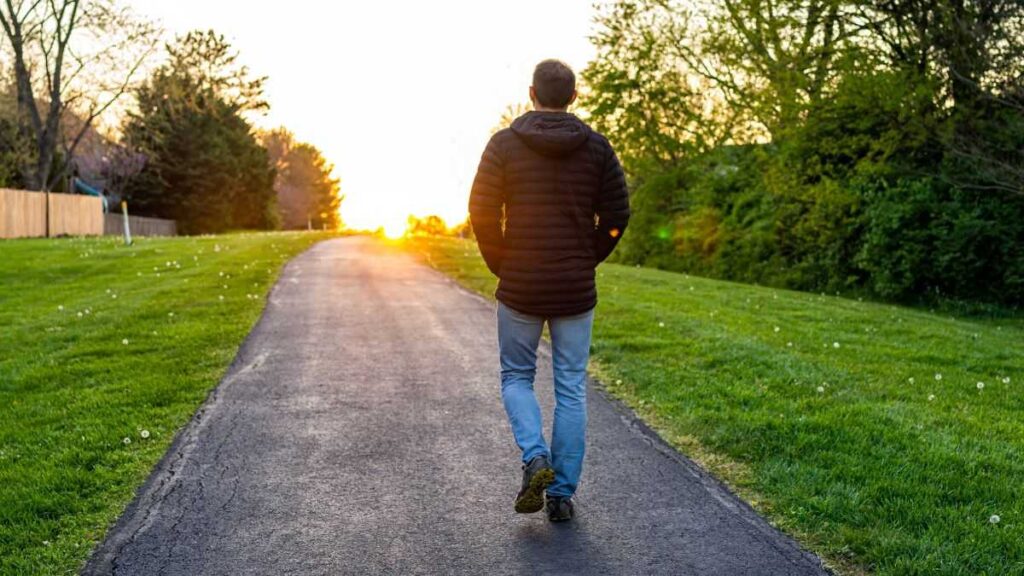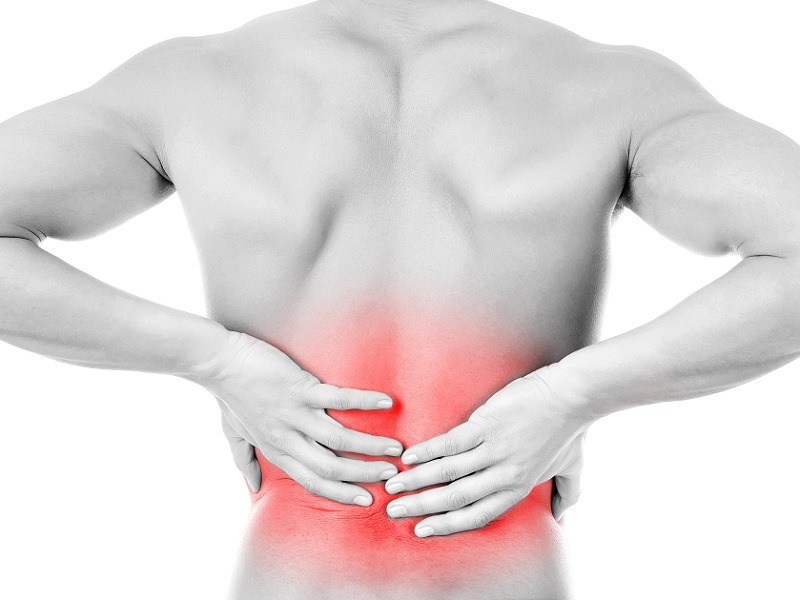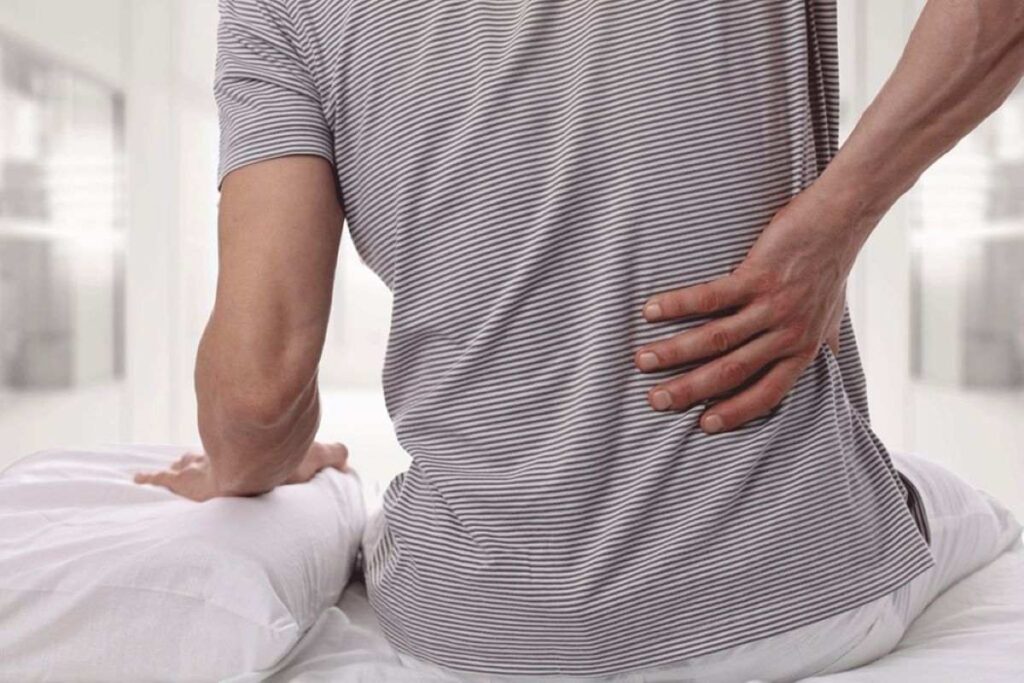More than 500 million people worldwide suffer from low back pain. And that value is expected to increase to 843 million people by 2050. This is proof of how rampant it is among adults. Reports claim that nearly 70% of people who treat low back pain have a recurrence within a year.
This is a testament to how difficult it can be to get permanently rid of. Fortunately, researchers have been working hard to solve the problem and a new randomized clinical trial has shown that there is an easy but also free way to avoid low back pain — walking.
Walking and Low Back Pain
According to the study, people who walked regularly after having at least one episode of low back pain went pain-free nearly twice as long as those who did not.
ALSO READ: Biden’s Potential Replacement Says “It Wouldn’t Hurt” for the President to Take a Cognitive Test
Senior author Mark Hancock, a professor of physiotherapy at Macquarie University in Sydney, said, “The intervention group had fewer occurrences of activity-limiting pain compared to the control group, and a longer average period before they had a recurrence, with a median of 208 days compared to 112 days.”
According to Hancock, walking is a great way to deal with low back pain. It is low-cost and easily accessible, and anyone can practice it irrespective of limiting factors like geographic location, age, or socio-economic status.
Details of the Study
The study published in The Lancet journal followed 701 Australian adults, mostly women in their 50s. All of them had recently recovered from low back pain that affected their ability to perform daily activities.

Each person was randomly assigned to a control group with no intervention or an individualized walking and educational program. Researchers asked people in the intervention group to work up to 30 minutes of walking five times a week over a six-month period.
They were to do so at speeds adjusted for age, physical capacity, and individual preferences. Jogging was also permitted. After a three-month interval, Hancock said most participants walked three to five days a week for an average of 130 minutes.
Participants also had to wear pedometers to track their daily steps and keep a walking diary. Three months into the program, they were fitted with an accelerometer that objectively measured daily step count and the amount of brisk walking or other physical activity.
The program also exposed them to six physiotherapist-guided education sessions over six months. Hancock called it a more cost-effective model than typical treatment, but it worked wonders.
Benefits of the Program
The program provided participants with longer pain-free periods and reduced the amount of time taken off work and medical visits by half. Exercise-based interventions to prevent low back pain have been explored in the past.
However, according to lead study author Natasha Pocovi, a postdoctoral fellow at Macquarie, they were typically group-based and needed close clinical supervision and expensive equipment. As a result, they were much less accessible to the majority of patients.
The latest study has shown that walking is a much better alternative as it is accessible, easily implemented, and cost-effective. The structure of the recently published study makes it difficult to tell if the walking or the educational program provided by physiotherapists contributed more to the good results. However, Hancock believes the two options complement each other.

“Because the intervention appeared to be behavioral coaching and not actual physical therapy, the act of walking may indeed have been the key reason for improvement,” said A. Lynn Millar, a retired physical therapist and former professor at Winston-Salem State University in Winston-Salem, North Carolina.
What Is the Reason for Low Back Pain?
Low back pain can be caused by various factors. These may include muscle strain, herniated discs, degenerative disc disease, spondylosis, scoliosis, poor posture, obesity, and stress, among many others.
It often occurs due to a combination of the above factors. However, when it comes to female health, the main cause of back pain may be even harder to decipher. This is because the cause of back pain in women varies with the changes a woman’s body undergoes through various stages of life.
Things like pregnancy, weight gain, weight loss, and changes in hormone levels can trigger various symptoms related to back pain.

ALSO READ: Jojo Siwa Reveals She Is Still Not Over Her Public Spat With Candace Cameron Bure
How Can I Relieve Low Back Pain?
Low back pain can affect health and wellness in adults of various ages. However, according to a new randomized clinical trial, walking may be the best treatment. Walking is a great exercise for the body with various benefits and it is easily accessible, not too difficult to maintain, and effective.
You Might Also Like:
Oregon Wildfire Forces Officials to Declare State of Emergency Until November
Teresa Giudice and Luis Ruelas Vacation in Ibiza
Chevron Ends 145-Year Legacy in California Due to State’s Policy Shift
25-Year-Old Struggling With Neurological Disease Suffers From Insomnia
How Prince William and Kate Middleton Revealed Their Romance During a College Game
